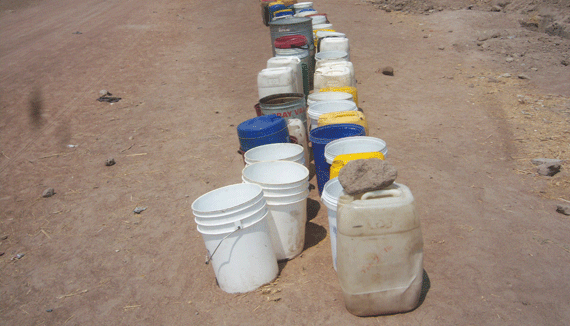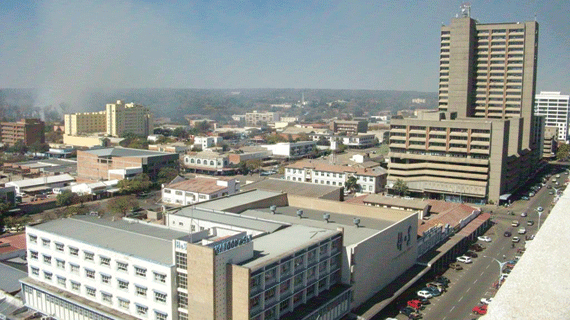
APPROXIMATELY 6% of the rural population — the majority of them in Matabeleland provinces — will require about 21 000 metric tonnes of maize in food assistance at the height of the hunger season between January and March 2015, according to the latest Zimbabwe Vulnerability Assessment Committee (ZimVAC) rural livelihoods report.
PHILLIP CHIDAVAENZI SENIOR REPORTER
The estimate of 565 000 vulnerable people is down from the 2,2 million people, constituting 25% of the population, who faced food insecurity, during last year’s lean season.
Matabeleland North (9%), Matabeleland South (8,3%) and Mashonaland West (7,7%) were projected to have the highest proportions of food insecure households.
These proportions are higher compared to the national average.
“Increases in food crop production, and overall increases in household incomes and livestock prices relative to grain prices, contributed to improving households’ access to food this year,” the report in part reads.
“The proportion of households consuming a poor diet fell from 11% to 6% between April 2013 and April 2014, while households consuming an acceptable diet increased from 57% to 68% over the same period.”
The report noted that small grains and localised production continued to be constrained by the absence of effective and affordable processing equipment.
- Chamisa under fire over US$120K donation
- Mavhunga puts DeMbare into Chibuku quarterfinals
- Pension funds bet on Cabora Bassa oilfields
- Councils defy govt fire tender directive
Keep Reading
Although 88% of rural households grew maize during the 2013 to 2014 season, only 21% produced sorghum, 9% pearl millet and 6% finger millet.
The report recommended the strengthening of livestock protection measures to avoid huge losses during droughts, with indications that about 60% of rural households did not own cattle and a similar proportion did not have goats.
Such a situation was said curtail capacity to provide household nutrition and building overall resilience.
Meanwhile, the report highlighted that 30% of rural households were dependent on untreated water sources for domestic use and less than 14% of the households treated water before drinking and cooking.
“Furthermore, open defecation continues to be a common practice for about 40% of rural households,” the report says.
“This situation renders a significant proportion of rural households vulnerable to water-borne diseases such as diarrhoea and typhoid.”
Only 22% of the rural wards have irrigation schemes and about 44% of these were fully functional in May 2014.
ZimVAC has since 2002 conducted the Annual Rural Livelihoods Assessment as part of a comprehensive information system to the government and its development partners on programming necessary for saving lives and strengthening rural livelihoods in the country.










